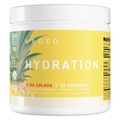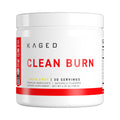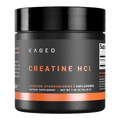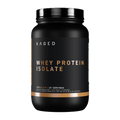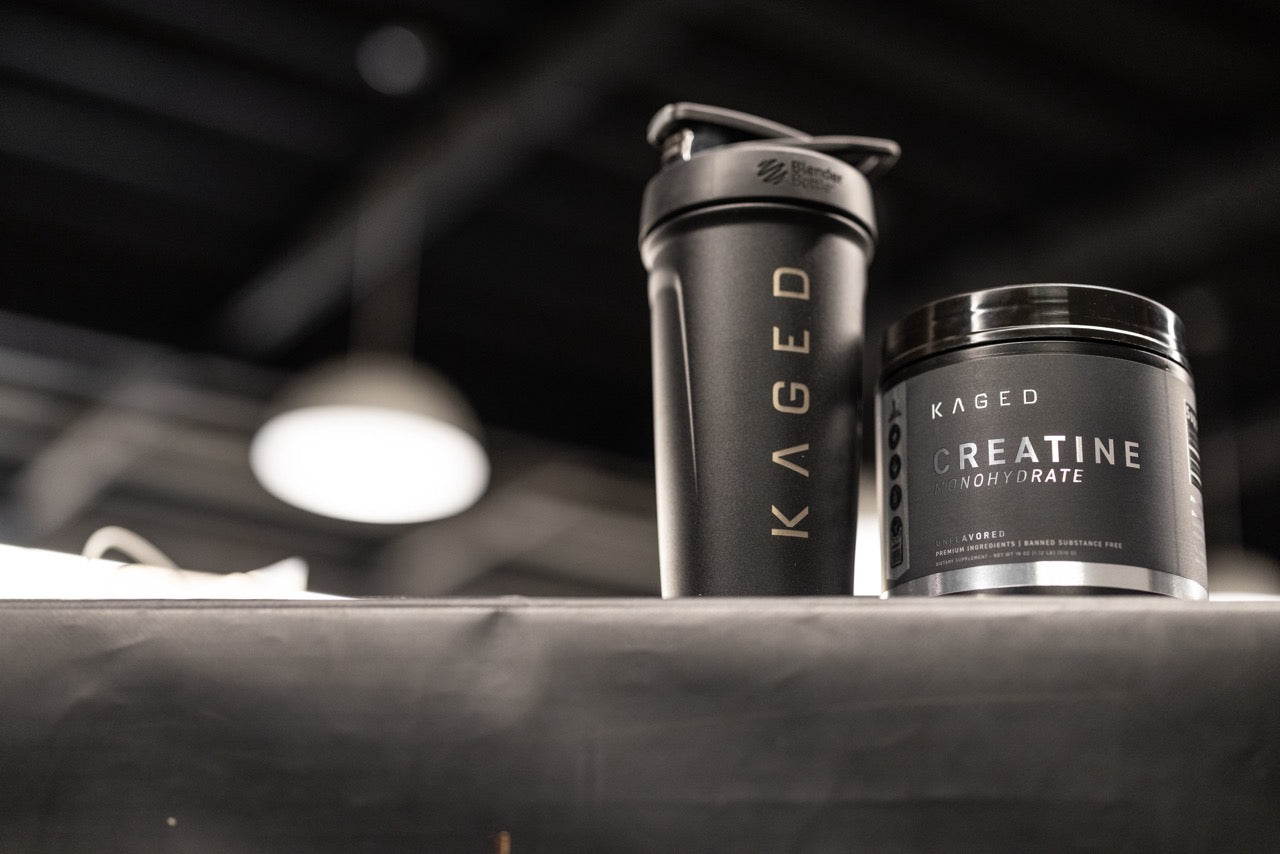Creatine monohydrate is one of the most well-studied supplements in existence, shown to support muscle gain and strength.*
As we discussed in this article on how creatine works, supplementing creatine increases your muscles’ creatine‐phosphate (PCr) stores. This, in turn, enhances ATP regeneration during intense exercise.
In practice, this means you can do more total work (reps, sprint power, etc.) and see faster strength gains. But many people expect these results rom their first scoop of creatine. That’s not how it works.
Creatine doesn’t magically bring results on day one. It must accumulate in muscle cells first.

So How Long Does it Take For Creatine to Actually Work?
First, let’s define “working.” Creatine’s main job is to boost the phosphocreatine (PCr) system in muscle.
Normally, during very intense efforts (like a 1‑RM bench or a 10‑second sprint) your muscles use ATP for energy.
When ATP is used, it becomes ADP, which must be “recharged” back to ATP. Phosphocreatine donates a phosphate to ADP to rapidly regenerate ATP. In other words, higher creatine/PCr levels give your muscles a bigger energy reserve for quick, intense bursts.
Studies show that by supplementing creatine, athletes improve their maximal strength/power by about 5–15% over time compared to a placebo.
When to Expect Results: Short and Long-Term
In the short term (days to weeks), creatine usually boosts training volume and reduces fatigue between sets.
In the long term (weeks to months), it contributes to gains in strength, sprint, and lean mass when paired with resistance training.
Creatine Loading vs. No Loading: How Long It Takes
A loading protocol is where you take a higher dose (~20 grams per day) for about 5–7 days to flood the muscles quickly, then switch to a maintenance dose (about 3–5 g/day).
Research shows this rapidly boosts muscle creatine. For example, one classic study had subjects take ~20 g/day for 6 days and saw muscle creatine levels rise ~20%.
After that, a small 2 g/day dose maintained the levels. In contrast, taking only 3 g/day (without loading) produced a similar ~20% increase, but only after a full 28 days.
-
With a loading phase: ~20–25 g/day for 5–7 days. This “fast track” method quickly saturates muscle creatine (usually a 10–40% jump in stores within a week, so you can feel creatine’s effects sooner.
-
No loading phase: ~3–5 g/day from the start. This steadily raises muscle creatine, but it takes much longer (about 3–4 weeks) to reach the same saturation. In other words, without loading it takes roughly a month to “fill up” muscles.
So which approach is best? For pure timing, a loading phase is a faster route to the same end-point.
However, creatine supplementation is a long-game move. It’s not about next week or even next month: it’s about next year. Loaded or non-loaded, the best results of creatine have been shown from taking it consistently for months.
If you want to see those extra reps or power bursts in the first week, loading helps. On the other hand, the loading phase can provide some mild stomach issues and often requires the intake of lots of sugar along with the creatine to encourage its absorption.
A loading phase provides no additional benefit in the long term.
Ultimately, it's up to you.

New to Creatine? Read This.
Check out our blog post on the ultimate guide to creatine for beginners.
If you’re ready to start taking creatine, remember that quality matters. All Kaged creatine supplements (we have three options) are Informed-Sport Certified to be free of banned substances. In a market without regulation as strict as food, this third-party verification matters.
*These statements have not been evaluated by the Food & Drug Administration (FDA). This product is not intended to diagnose, treat, cure, or prevent any disease.
